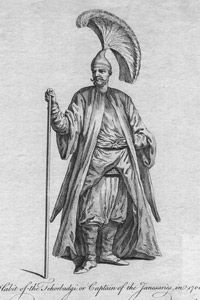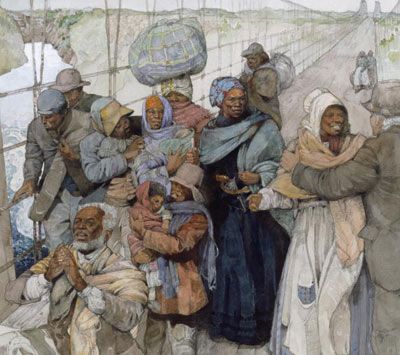The institution of slavery has a long and dark history, dating back to some of the earliest records of civilization. A slave was usually on the bottom-most rung of society, leading a dismal life of powerless servitude. Yet, at one point in history, a certain kind of slave enjoyed privilege and power surpassing most other members of his society. How could such a bizarre situation develop?
It traces back to the 14th century, when the Ottoman ruler Orhan took advantage of a loophole in the Muslim law of ghanimat. The law allowed the sultan to take one-fifth of the booty his soldiers collected in battle. While booty usually meant material things, the sultan considered human captives part of the spoils. The sultan made an elite corps of slave-soldiers out of these captives; they'd later become known as the Janissaries.
Advertisement
By the time Orhan's son Murad I came into power, the empire wasn't raking in the booty. So Murad looked for another way to beef up his troops. He devised a brilliant and diabolical plan to breed and train children to become slaves. From a young age, he'd instill in them an undying loyalty to the sultan. But Murad didn't want to recruit ordinary Muslim children for his slave army -- he believed that Muslim children would remain loyal to their own families and seek favors for them later.
Instead, Murad sought to kidnap Christian children from previously conquered territories to be trained for the Janissary Corps. After conversion to Islam and strict military training, these children would become loyal slave-soldiers. The sultan reasoned that these converted children would grow to despise their Christian families and remain faithful to the sultan [source: Halil].
This system of kidnapping children, known as devsirme, lasted more than three centuries and proved incredibly successful for the Ottoman Empire. The sultans selected only the children who met strict criteria, and eventually, some parents actually sought to get their children accepted into the corps.
Advertisement



